With school buses making their final rounds for the school year and last weekend’s short heat wave, my mindset is shifting to enjoying summer in the Pacific Northwest. Our region boasts some of the most gorgeous scenery and comfortable climate you’ll find anywhere in the summer, but one thing it’s not: the tropics. Whether you’re staying home this summer and want to make the most of your backyard spaces or just want to transport yourself to a warmer, more tropical location each time you step out the back door this summer, it’s possible to create a backyard oasis. Here are a few plant suggestions to make your own backyard tropical escape.
First, tropical plants tend to excel in color and texture—the more bold and vivid, the better. If you’ve ever seen a bird of paradise plant in bloom or observed the glossy, multicolored leaves of crotons, you get the picture. Keeping that in mind, I recommend starting with plants that have bold, colorful foliage or large, unique blooms.
One great and underused plant for landscapes in our area is aucuba. Great for a shady spot in your yard, aucuba boasts bright green-and-yellow speckled leaves that look great year-round. Low-maintenance and colorful, aucuba adds a croton-like vibrancy to the landscape that can bring a year-round tropical vibe to your yard.
Similarly, hostas add great color to a shade garden and make wonderful, long-lived perennials in the landscape or even in shade planters mixed with colorful annuals like impatiens or begonias. For a hosta-like plant that the deer won’t touch, try out pulmonaria, also called lungwort. With colorful pink and blue flowers in early spring and speckled green and white leaves through summer, pulmonaria is a great companion to hostas.
In sunny, warm spots around your garden, many perennials offer a tropical look. Agapanthus is one such plant I’ve come to love. Historically too tender for our climate, breeding in recent years has focused on creating more cold-hardy plants for northern climates. Newer varieties of this beautiful plant are hardy down to USDA Zone 6, which means they’re hardy for the lowlands of Whatcom County and western Washington. One such variety, Galaxy White agapanthus boasts pure white globe-shaped flowers held above wide, grassy foliage and blooms typically in July.
Kniphofia—commonly called red hot poker—is another great summer bloomer with a tropical feel. Also featuring grassy foliage, kniphofia can be found with blooms in shades of red, orange, and yellow, and holds its flower spikes well above the foliage throughout the summer.
One perennial I would be remiss to mention is my all-time favorite for instantly transporting you to a warmer climate: hardy hibiscus. These cold-hardy cousins of the hibiscus grown in Hawaii can survive our winters, sprouting late each spring and growing up to an inch per day after that, filling out into a three-to-five foot tall plant loaded with hundreds of dinnerplate sized blooms in late summer.
Historically available only in shades of red or pink, the first pure-white hibiscus appeared on the scene last year: Summerific Cookies & Cream. With near-black foliage to offset the refreshing white blooms, this variety is sure to be a hit with gardeners who prefer a more subdued color palette.
If you have sunny planters on your patio, deck—or if you’re fortunate enough—around your pool, grasses lend texture and movement to your garden as they sway in the breeze. Prince Tut papyrus is one of my favorites, despite being an annual grass. With its rich green foliage and pompom-shaped flower heads, Prince Tut and its smaller counterpart Queen Tut both have a distinct tropical vibe.
When planting up a planter with papyrus, keep the planter foliage-focused for a more tropical look, mixing orange or red-leafed coleus, along with bright chartreuse creeping jenny. For a little extra blooming color, Supertunias work great to fill out a container—and a single plant can provide loads of colorful blooms all summer with no need to deadhead or trim.
Finally, as you look forward to spending more time outside this summer, your neighborhood mosquitos are also looking forward to your extended visits. When planting up your containers, save room for the new Everleaf Lemon basil, a citrus-flavored variety that helps repel mosquitoes. Not only will you enjoy its mosquito-repelling characteristics on the patio, it makes an excellent addition to salads or brightly flavored dishes and marinades in the kitchen.
Whatever you choose to plant this summer, be sure to mix various textures and colors for the most impact in your garden. Combining shrubs, perennials, and annuals of various sizes and colors serves well to create the backyard oasis you’re looking for, and with a little creativity and dedication, you can have a tropical escape to enjoy in your backyard this summer and for years to come.


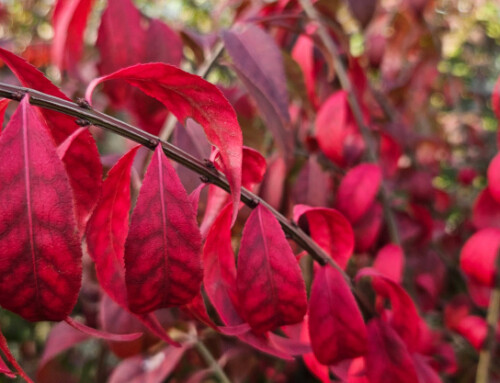
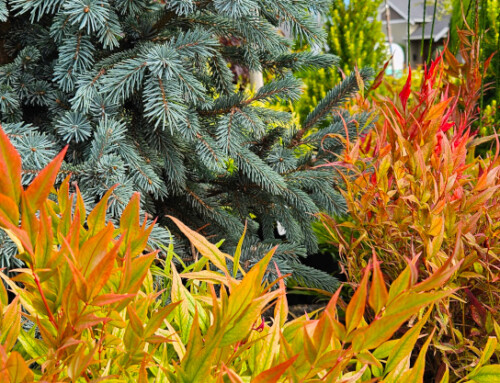
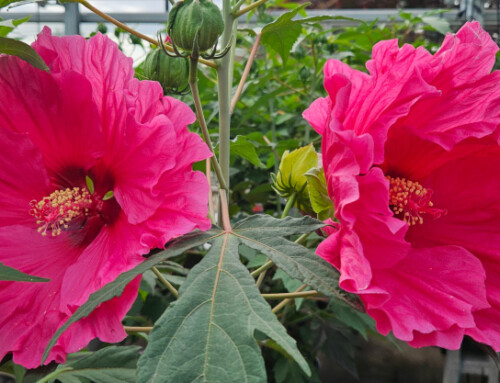
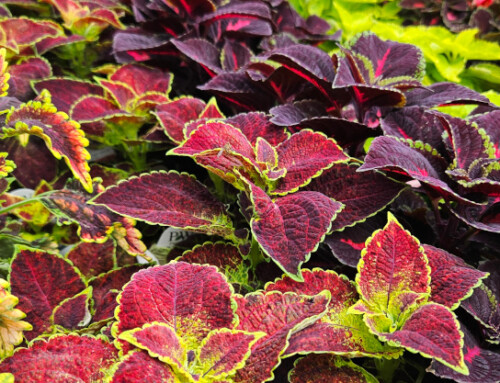

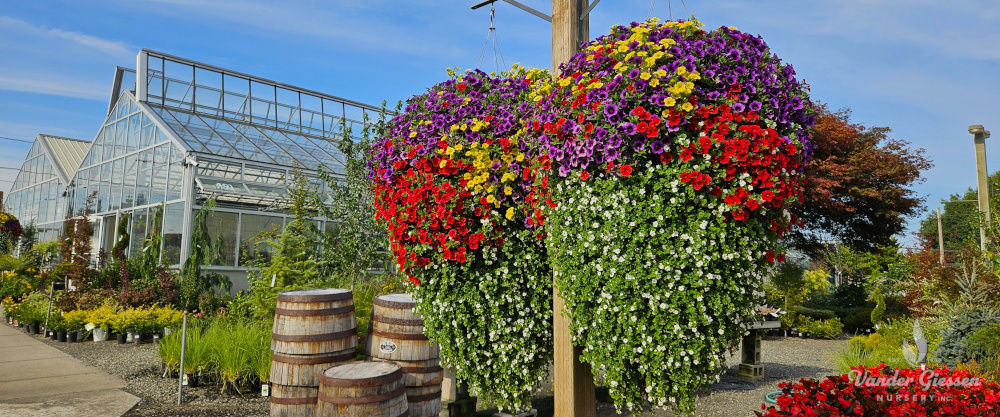
Leave A Comment